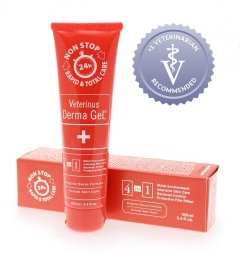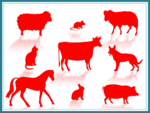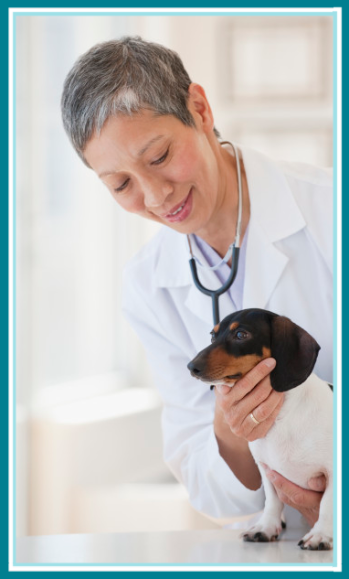PRESS RELEASE - MARCH 2013 - UK - BIS.pd[...]
Adobe Acrobat document [484.7 KB]
Much more than just 99% of water and " bleach"...
Comparison chart between Derma GeL® versus other products.
| Properties | Derma GeL® |
Vetericyn® Hypocare® |
Aluspray® | Cothivet® | Scarlex® |
| Cell viability % (1) | 97 | 89 | 33 | 32 | 29 |
| Moist environment | YES | NO | NO | NO | NO |
| Long term moist env. | YES | NO | NO | NO | NO |
| Protective film | YES | NO | YES | NO | YES |
| Anti-inflammatory | YES | NO | NO | NO | NO |
| Collagen synthesis | YES | NO | NO | NO | NO |
| Cell multiplication | YES | NO | NO | YES | NO |
| Bactericidal | YES | YES | YES | NO | YES |
| Bacteriostatic | YES | NO | NO | NO | NO |
| Insect repellent | YES | NO | YES | NO | YES |
| Stays where applied (2) | YES | NO | NO | NO | NO |
| Non-doping | YES | YES | YES | YES | YES |
| Patient acceptance | YES | YES | YES | NO | YES |
| Use with bandage (3) | YES | YES | YES | YES | YES |
| Use without bandage (4) | YES | NO | YES | NO | NO |
| Non-Mutagenic (5) | YES | N/A | NO | N/A | N/A |
| Non-Cytogenotoxic (5) | YES | N/A | NO | NO | N/A |
| Non-Irritant | YES | YES | NO | NO | YES |
| Non-Sensitizing | YES | YES | NO | NO | YES |
| Same hair color regrowth | YES | N/A | NO | N/A | NO |
Vetericyn® - Hypocare® - Aluspray® - Cothivet® - Scarlex® are Registered Trademarks of their respective owners.
(1) Standardized MTT assay determining cell viability percentage and viable cell counting.
(2) Stays where applied = product application on vertical wounds exposed to wound exudates without the use of bandage (Derma GeL® can absorb 8 times its own weight in wound exudates and does not run off the treated surface even on vertical wounds).
(3) When used on covered wounds, Derma GeL® ensures non-adherence of the secondary dressing enabling its easy removal without damaging the new layer of regenerative tissue.
(4) When wounds are badly located or impossible to bandage, Derma GeL® ensures a porous protective film mimicking a dressing and protecting wound site from external contaminants.
(5) Study performed in accordance with the OECD Guideline 471 - Genetic Toxicology - Reverse Mutation Assay - using four strains originating from the Laboratory of Professor B. Ames, California University, Biochemistry Department, USA.
Pratical DO's & DONT's Chart.
Avoid the use of...
Traditional Sprays
Irritant and decreasing cell viability. In addition, some are mutagenic or cytogenotoxic (proudflesh, keloids...), altering, delaying or stopping the healing process.
Creams & Ointments
More slowly and only partially absorbed. Leaving unabsorbed greasy residues on the surface of the wound. These unabsorbed greasy residues oxidize with body temperature, favoring irritation of epithelial cells and delaying the healing process.
Excessive Dressing
Adhering to the wound bed and damaging the new layer of regenerative epithelial cells when removing the dressing from the wound. On the other hand, dressings can increase local temperature at wound level, favoring excessive suppuration and delaying the healing process because of the lack of air.
Topical antibiotics
On skin wounds, topical antibiotics favor infection because of destruction of the normal bacterial flora. Mutagenic, they alter or delay the healing process.
Alcoholic Solutions
Solutions with high content of alcohol have acute irritant/sensitizing effect on skin cells, delaying or altering the healing process.

 First Aid has a color.
Wound Care Mastery has a name:
Derma GeL®
First Aid has a color.
Wound Care Mastery has a name:
Derma GeL®




